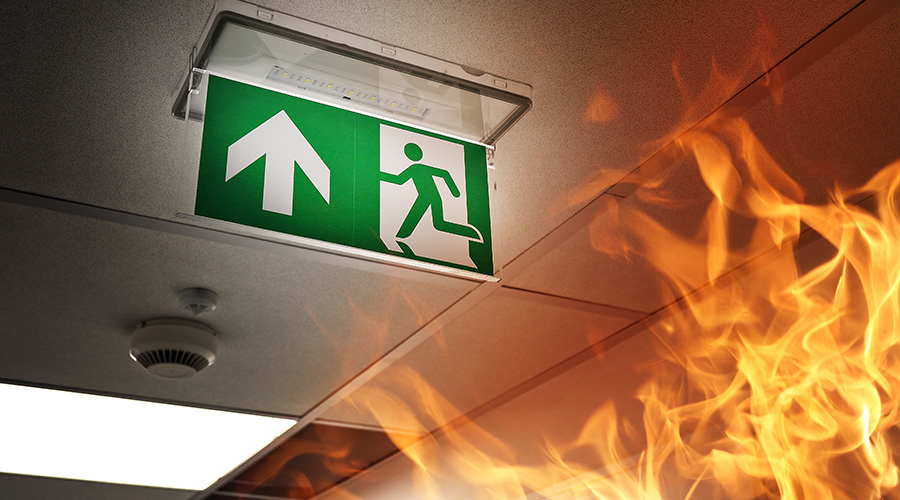Key Steps to Planning Mass Notification System
On July 3, 1996, Air Force Staff Sgt. Alfredo Guerrero, stationed on the roof of a building in the Khobar Towers military housing complex in Khobar, Saudi Arabia, saw a suspicious truck approaching.
Reacting to earlier warnings regarding a possible attack, Guerrero raced to get the building evacuated. When the truck exploded three and a half minutes later, Guerrero had managed to empty the top two floors — certainly an impressive feat — but 20 people were killed and almost 400 were injured in the attack. The evacuation effort was hindered by the fact that there was no way for Guerrero to alert the entire complex at once.
The Khobar Towers attack set into motion efforts by the Air Force to solve the problem of not being able to simultaneously alert an entire facility complex. The Air Force went to the National Fire Protection Association (NFPA) for help, a natural starting point due to the association's experience in overseeing fire alarm systems, which share many of the same properties as mass notification systems.
A series of other events since then, including the Sept. 11 attacks and shootings at Columbine High School and Virginia Tech, have highlighted the need for ways to inform numerous facility occupants at once.
Facility managers looking for comprehensive guidance for those systems can find it in a familiar place: the fire alarm code. NFPA 72: National Fire Alarm and Signaling Code, 2010, includes a chapter (Chapter 24: Emergency Communications Systems) on mass notification systems that is written in mandatory language, allowing authorities having jurisdiction (AHJs) to adopt it wholesale or in pieces as they see fit.
The standard, if adopted by an AHJ, does not require immediate installation or upgrades of mass notification systems in existing buildings. Instead, if a system is installed, it needs to perform to the level of the standard, which is performance-based, not prescriptive.
Even if it's not adopted by an AHJ, it still provides guidance that was lacking for designing and operating mass notification systems.
"By complying with the standard, the facility manager can ensure that the system provides the appropriate information that is needed during all types of building emergencies," says Chris Jelenewicz, program manager, Society of Fire Protection Engineers.
To comply with the standard, facility managers need to keep two key points in mind. First, a mass notification system is not the same as a fire alarm system. It requires far more flexibility and offers a lot more options. The second thing to keep in mind is that when you're planning a mass notification system, the first step needs to be a risk analysis that will guide selection of specific elements.
Related Topics:














